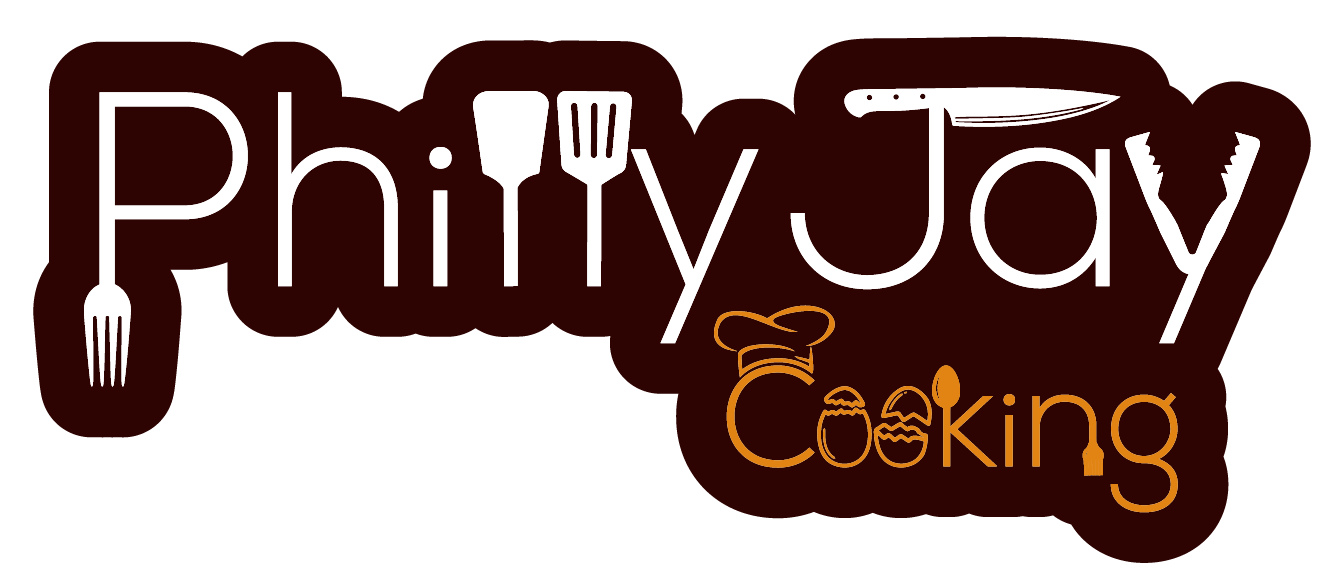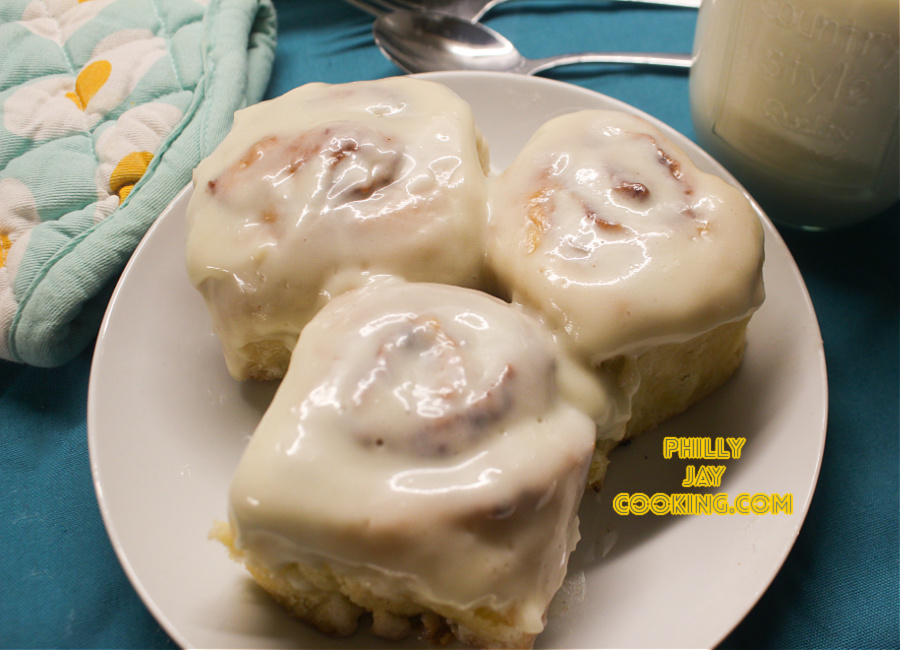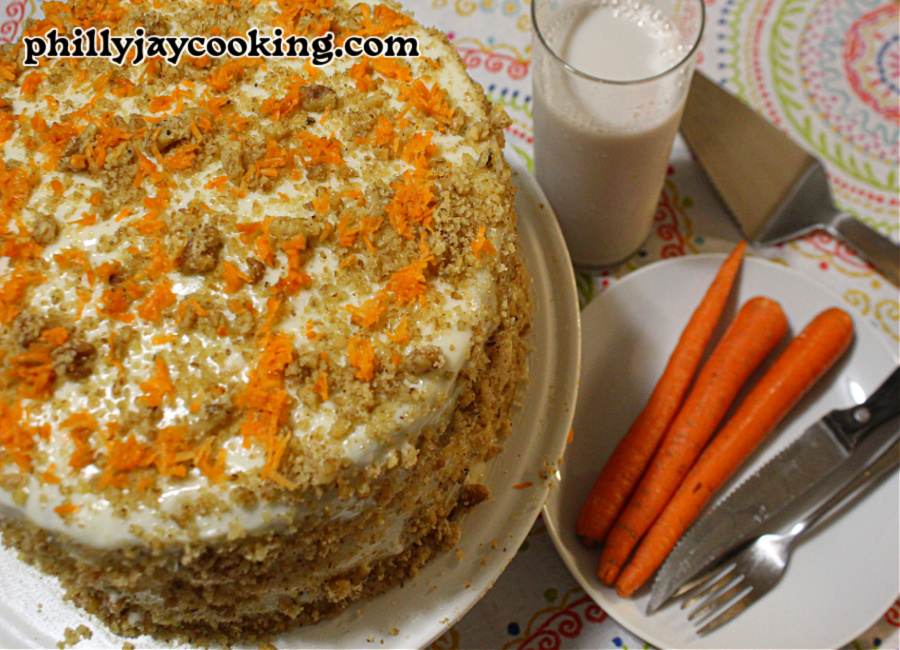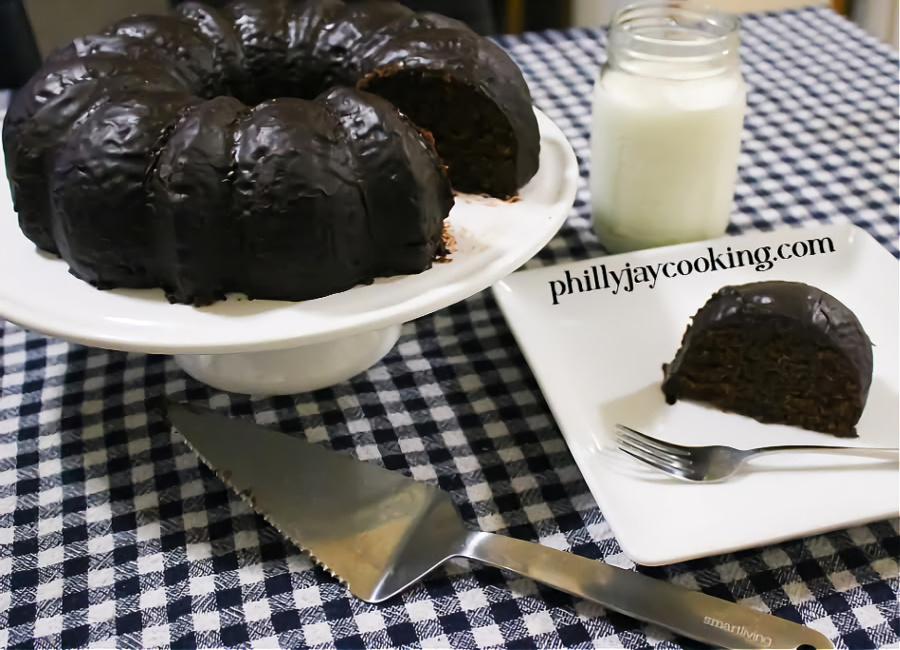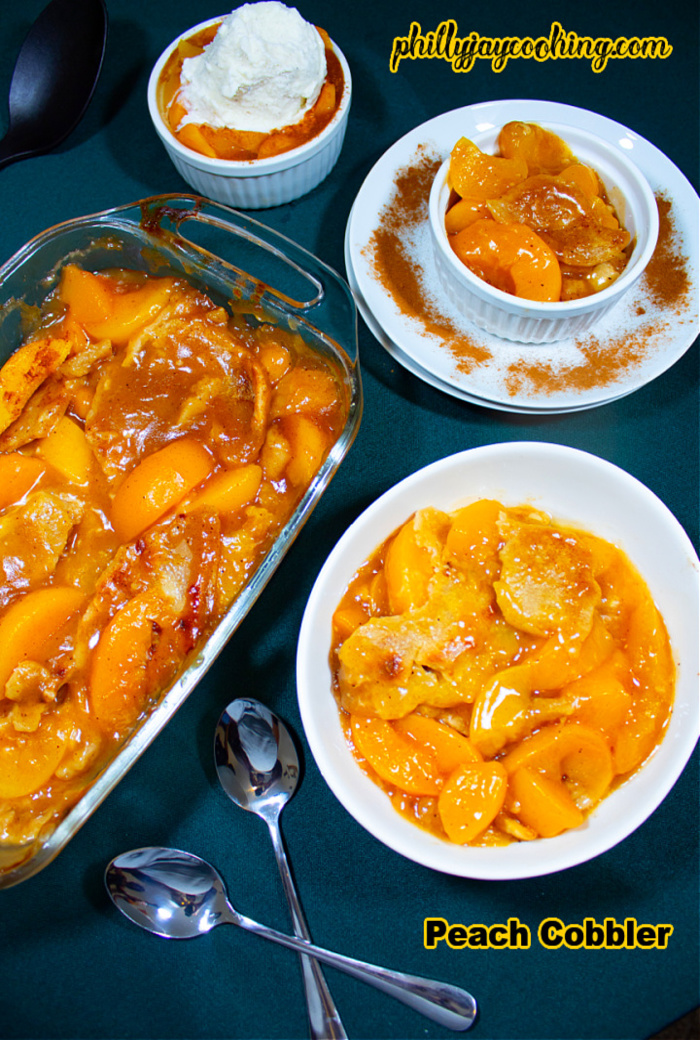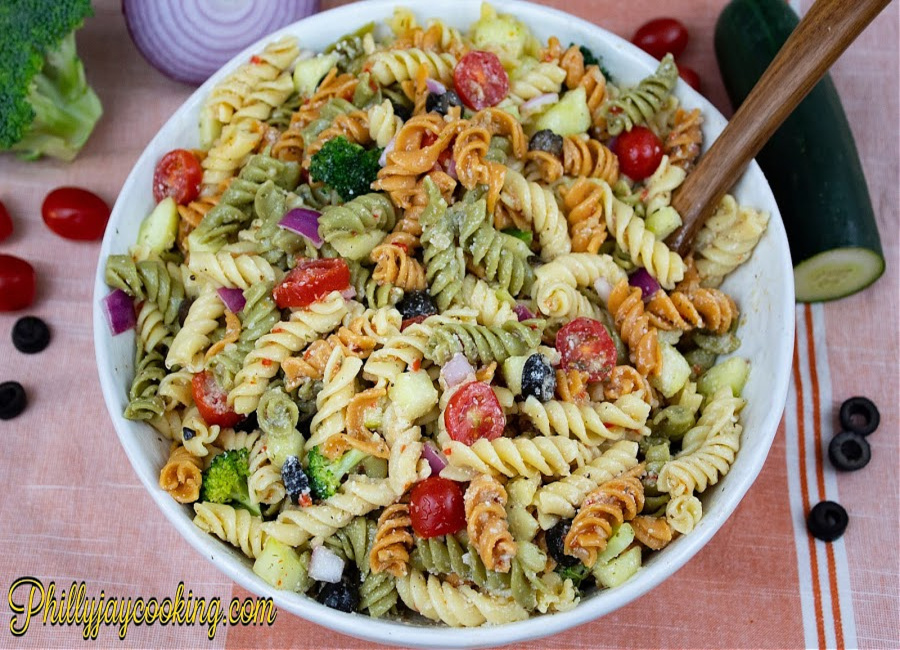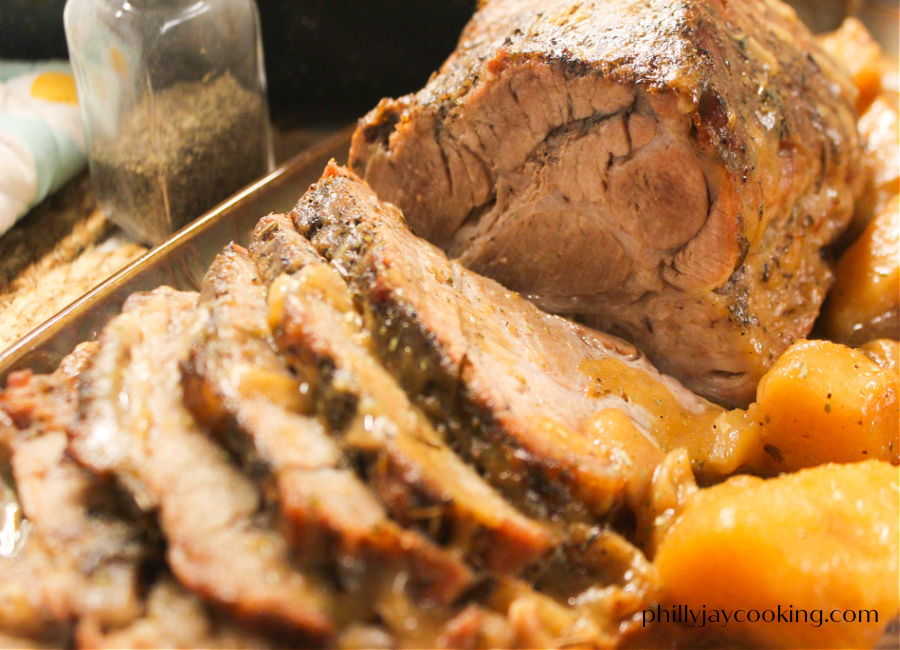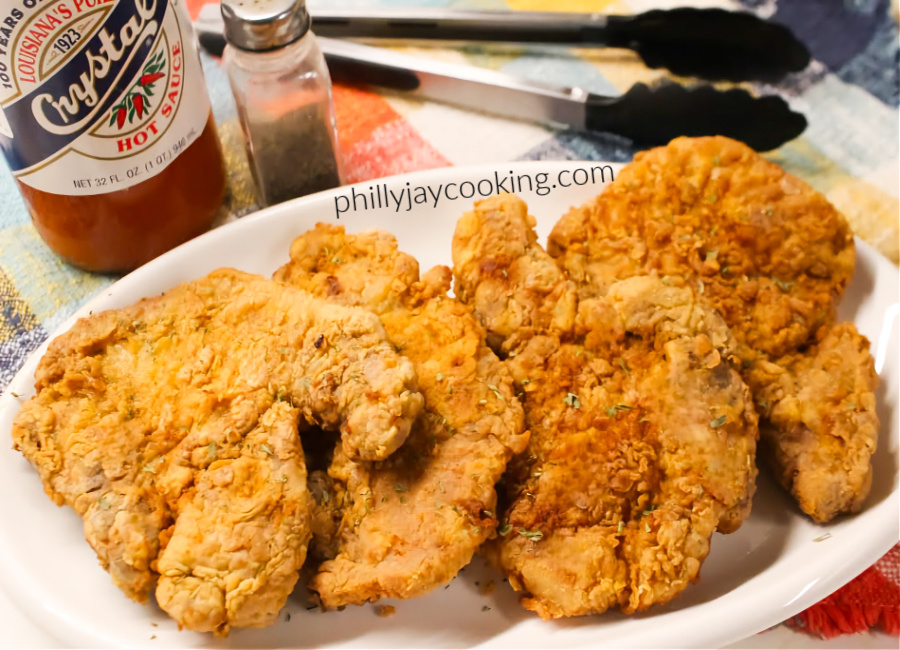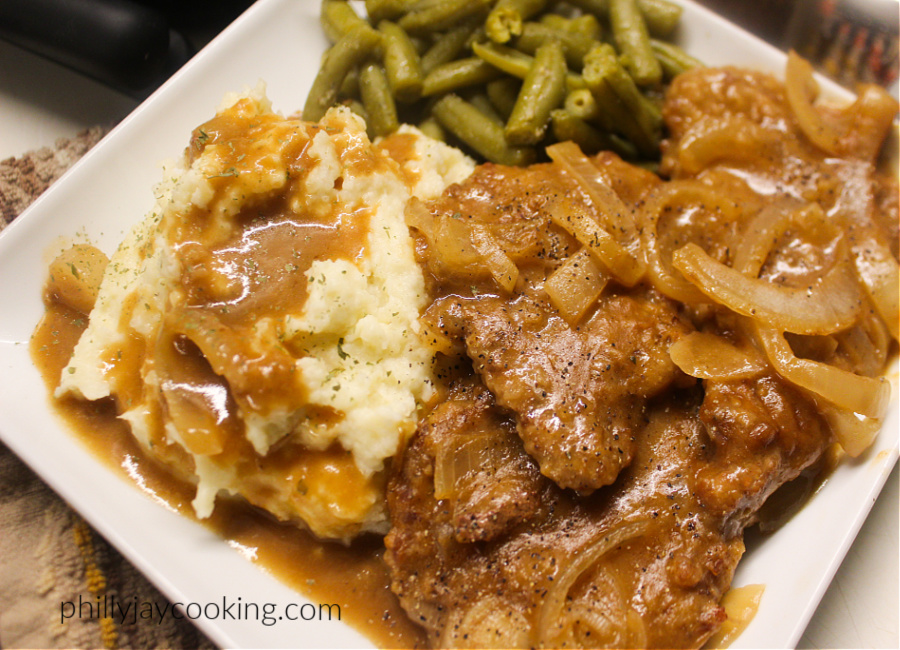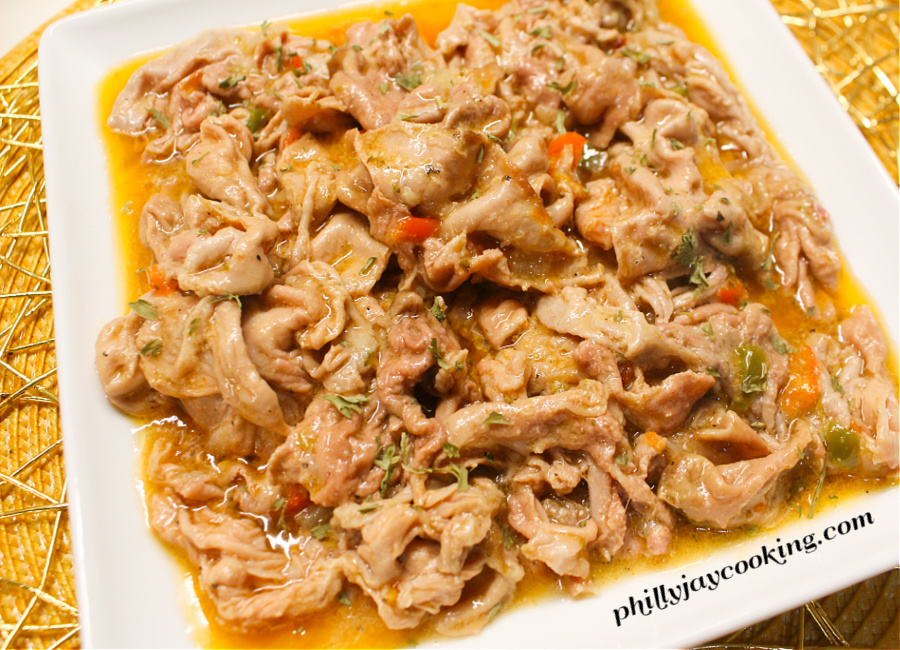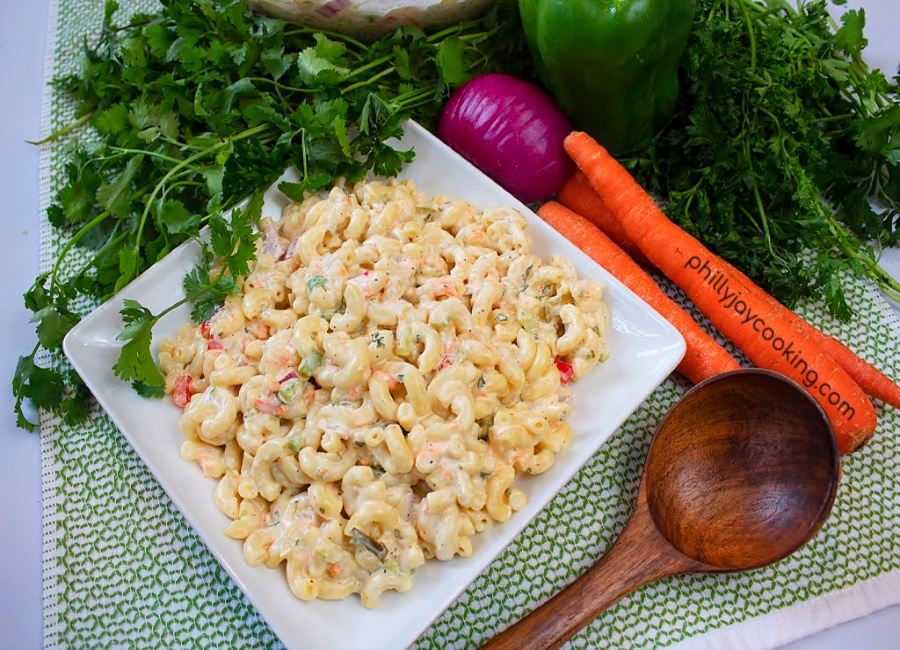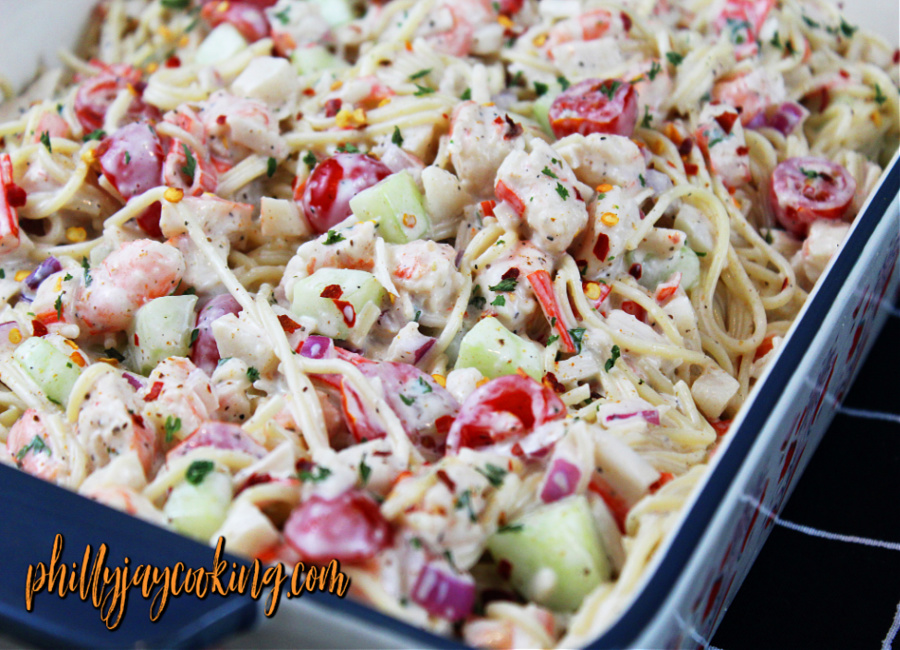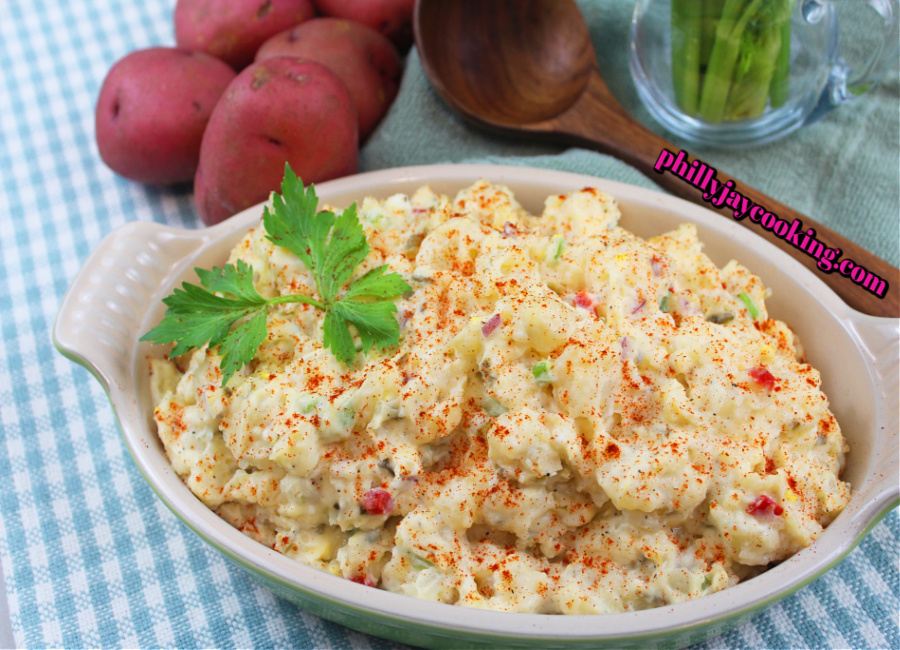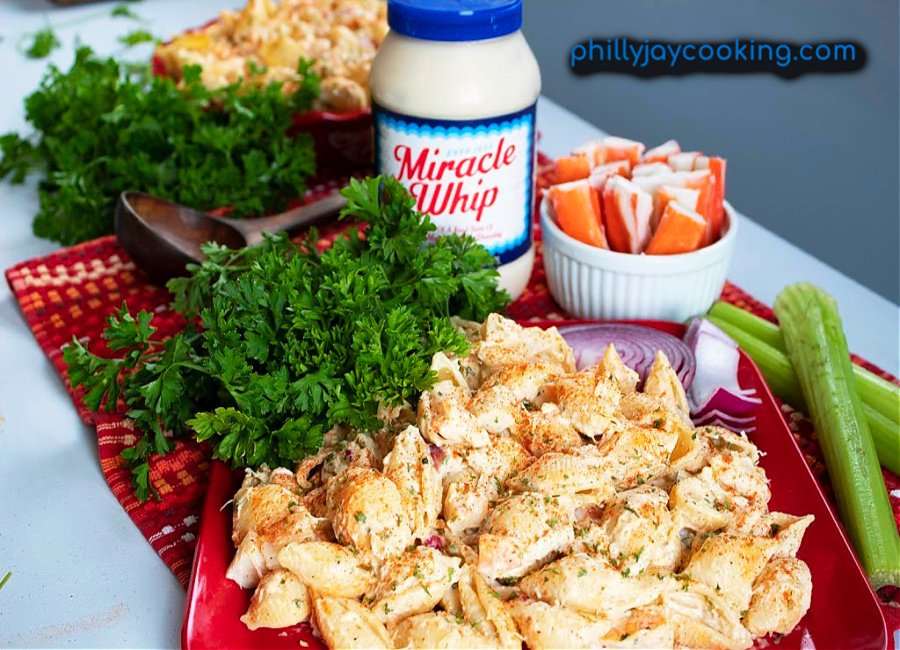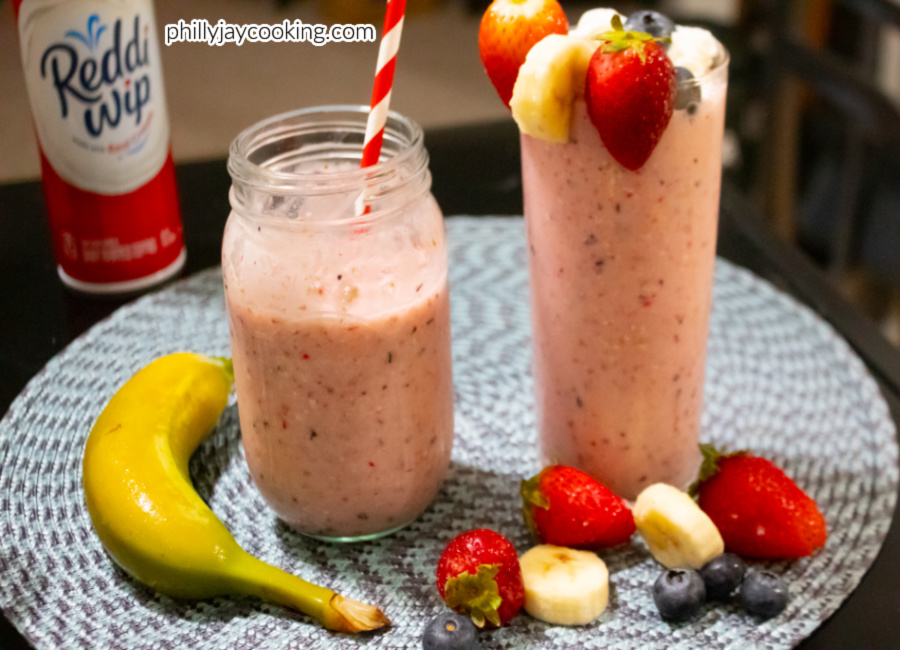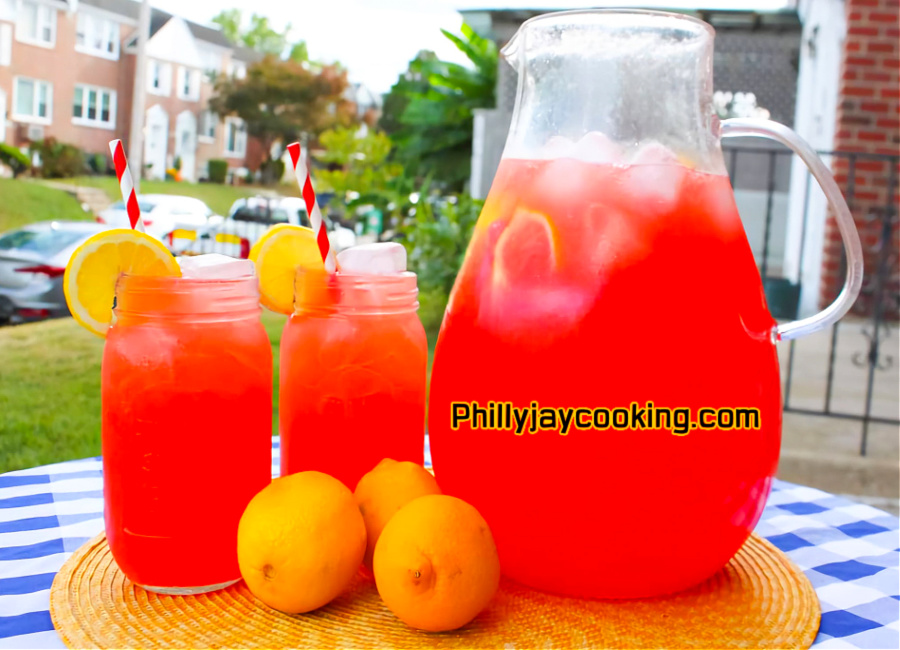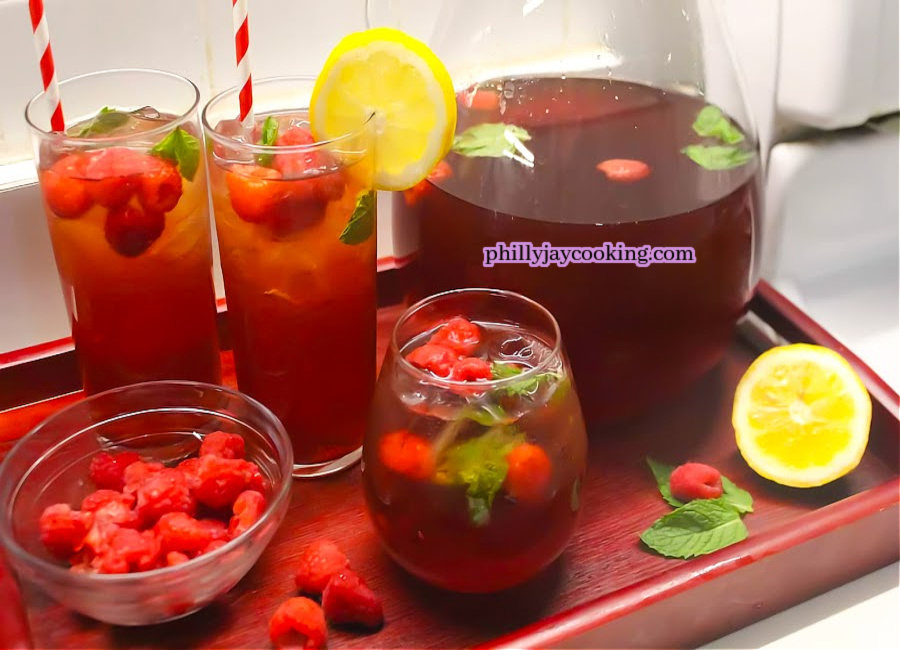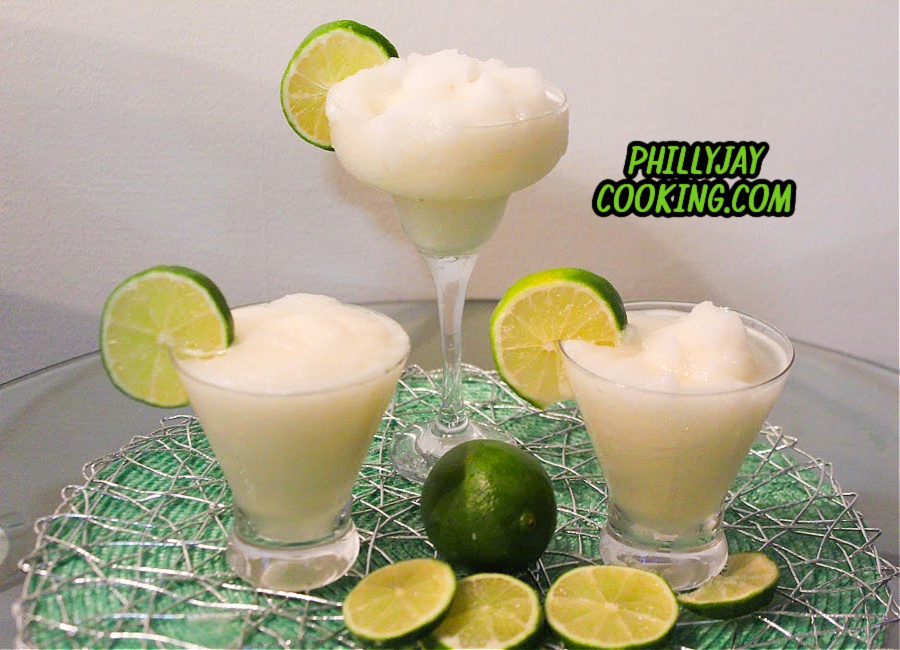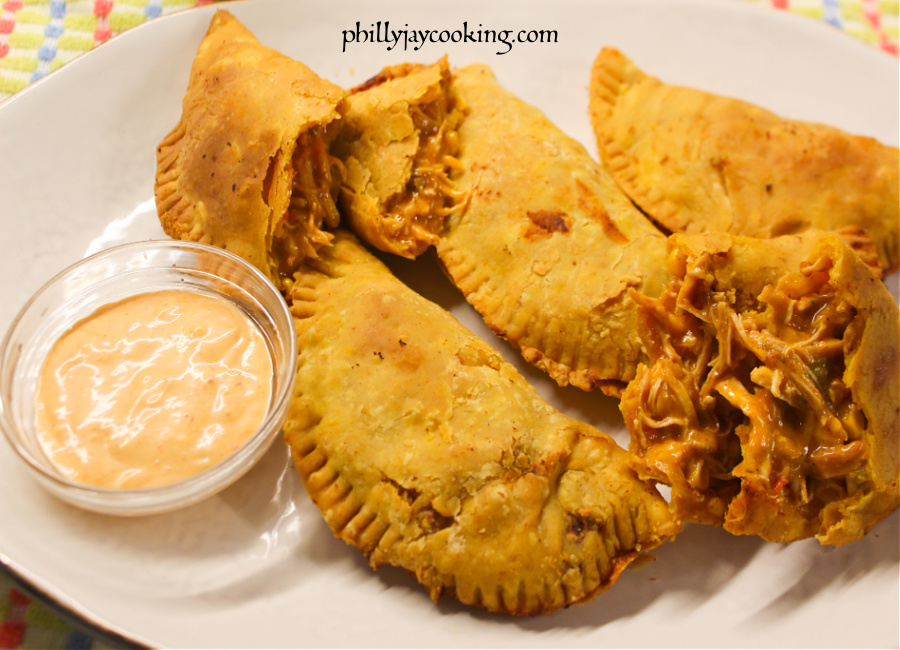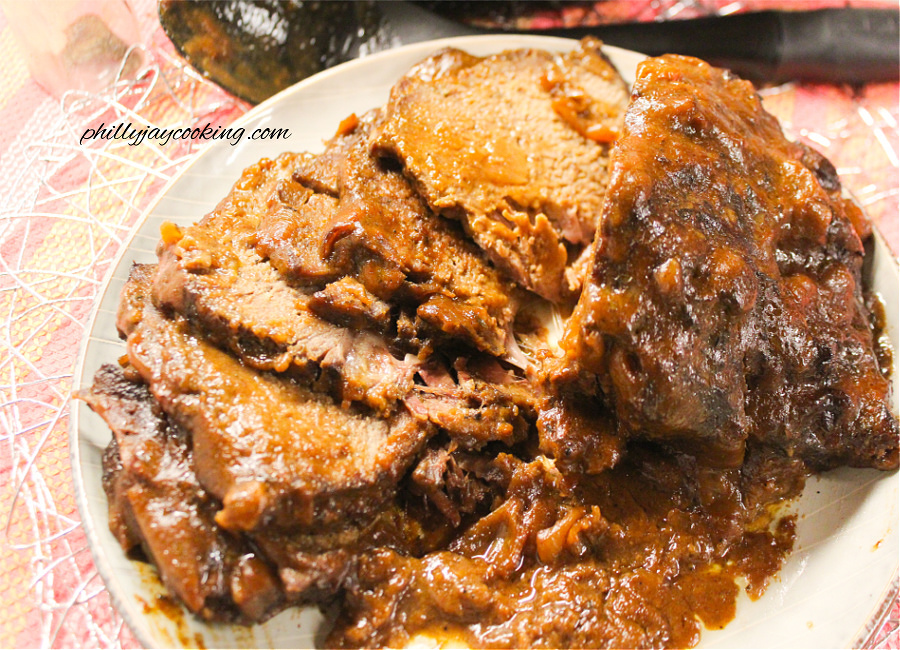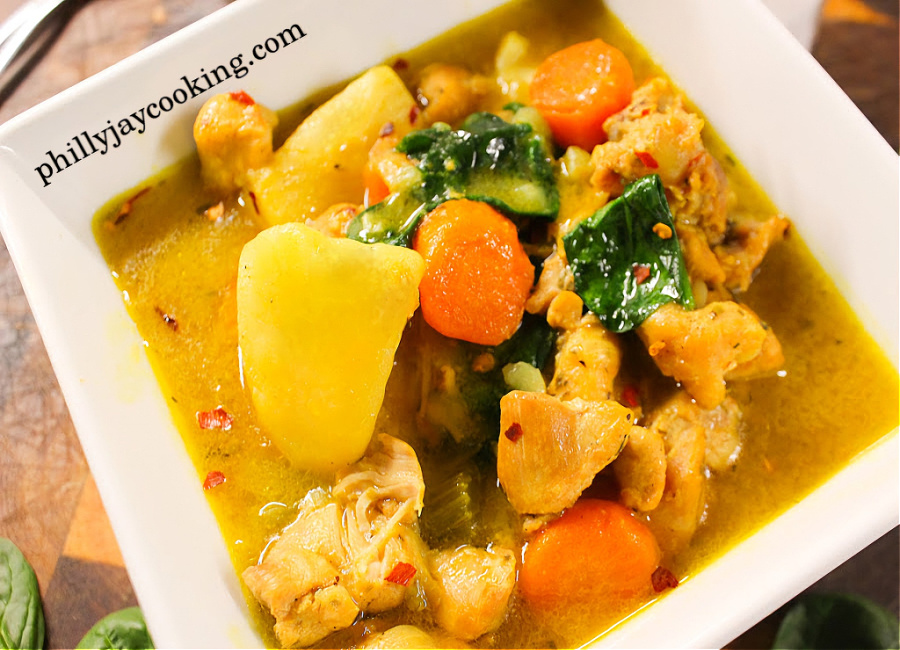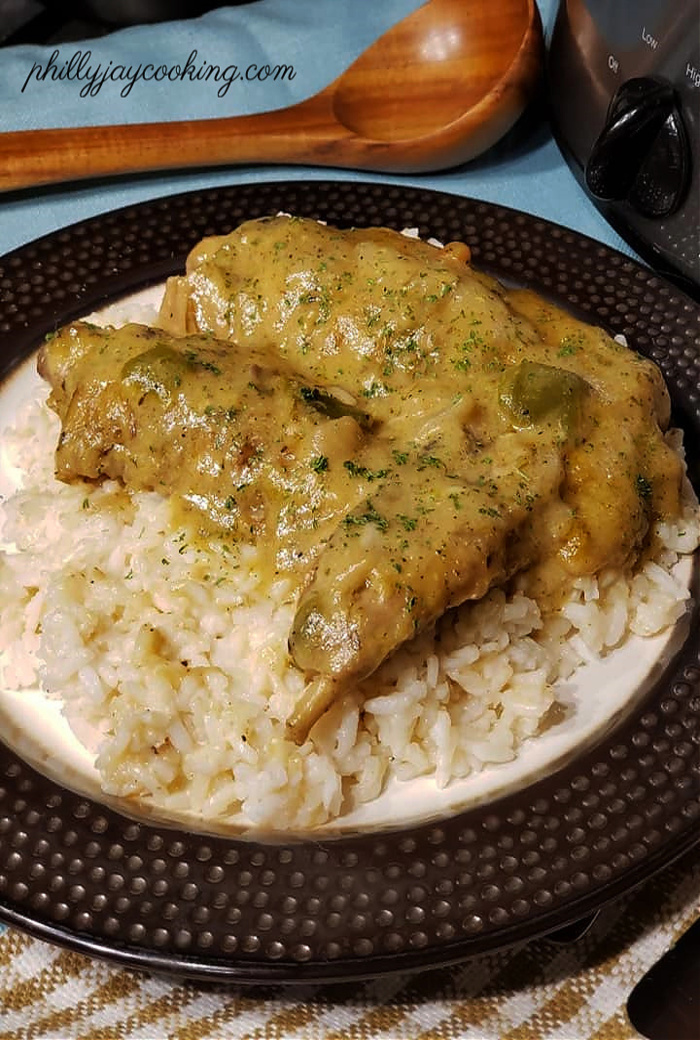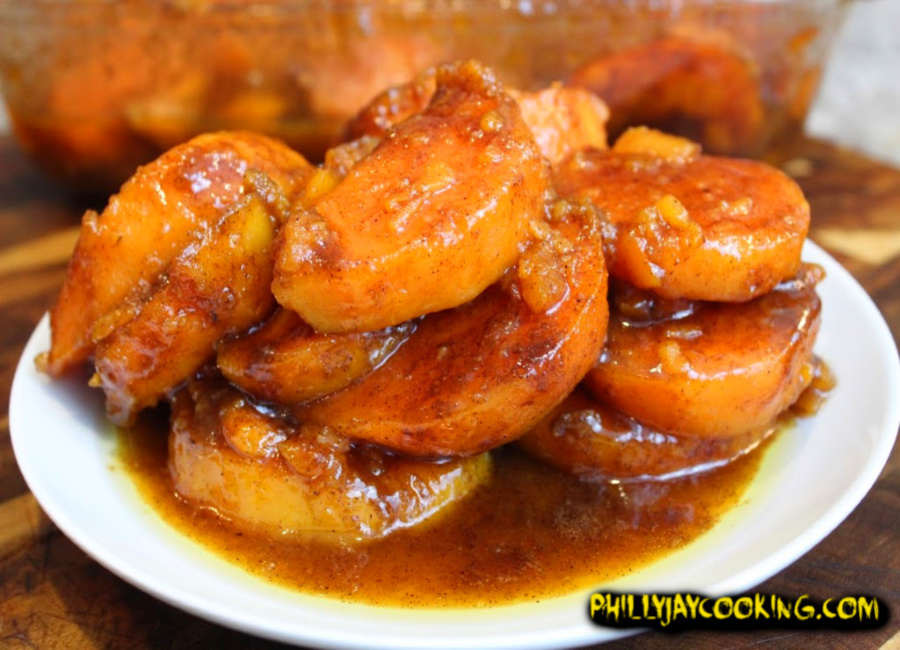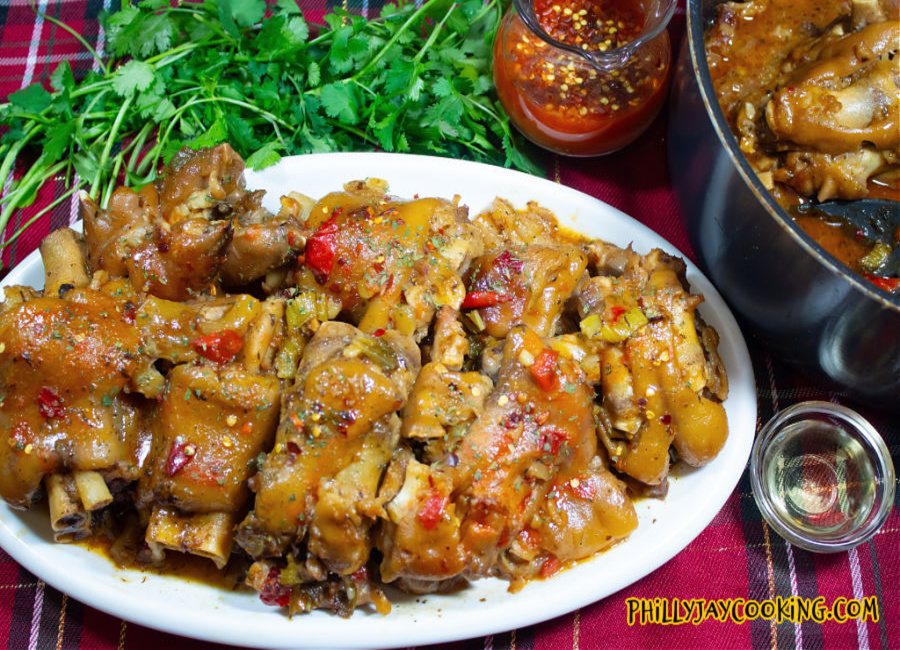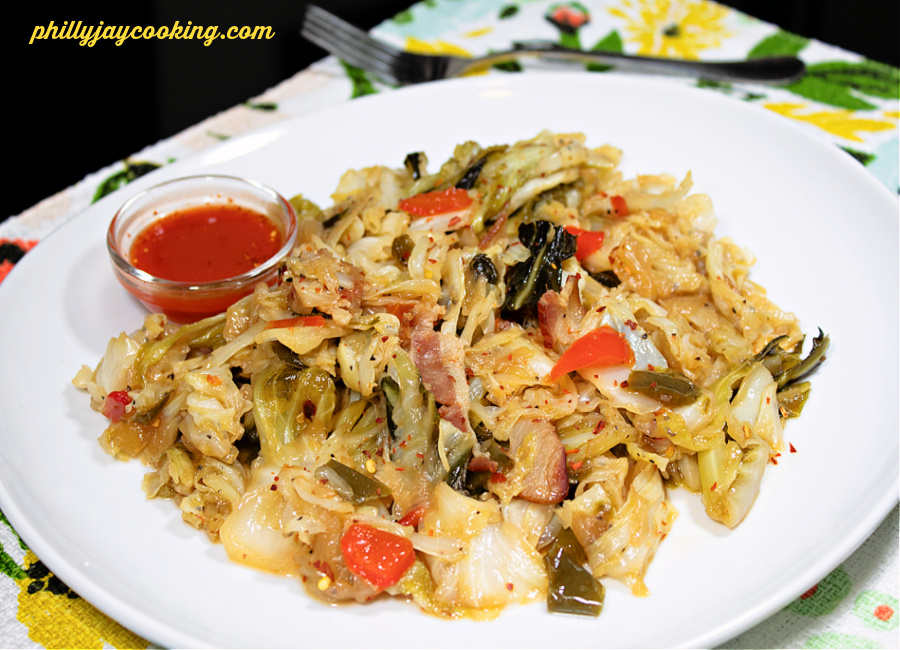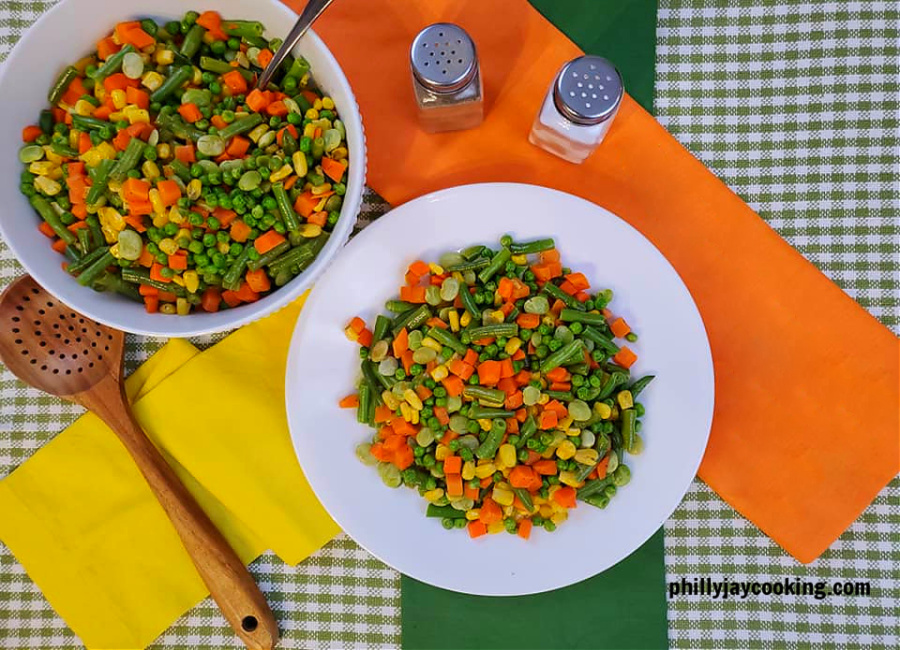Lemon Pound Cake: Delicious, sweet, and moist, this vanilla pound cake is topped with a rich homemade lemon frosting. Perfect for parties and social gatherings, it’s sure to be a crowd-pleaser!

Let me start off by saying I loooove lemon… in almost everything. And this love for lemon began as a very young kid when I would always order lemon water ice (philly people know what water ice is), get lemonade from the pappi store, or pick up lemon blow heads.
So yea you know a lemon cake was in the works. After making my Moist Delicious Chocolate Cake, it wouldn’t be me if a lemon cake wasn’t the 2nd cake recipe on my blog! Lol! So I’m excited to share this delicious lemon cake recipe with you all because it’s fire!
Childhood memories of dad’s lemon cake
One thing I remember most about cake is how often pops made them. Baking cakes were like his specialty and he was so amazingly good at it. And as I said in my Delicious Moist Chocolate Cake Recipe…
I would watch him combine all the ingredients and always looked forward to finger licking the remaining leftover cake batter in the bowl. Pops was cool with that, mom’s wasnt.
What you need:
- Cake Flour: Cake flour is for the cake, the base ingredient and gives a more moist result than all purpose flour.
- Sugar: Sugar is for sweetness. Some people use brown and white sugar, I like to just use white.
- Baking powder: Baking powder is the leavening ingredient that makes the cake rise.
- Salt: Salt is needed for many things but to also enhance the flavor.
- Vegetable oil: We use vegetable oil to get the cake nice and moist.
- Sour Cream: Sour cream provides moisture, a hint of tanginess so, it adds a balance of flavor, and richness to the cake.
- Buttermilk: Buttermilk affects the texture and moistness and adds a rich flavor to the cake. It also helps to thin out the batter.
- Butter: Butter adds richness and flavor.
- Eggs: Eggs provide structure and helps the cake rise, but they also provide flavor believe it or not and color.
- Vanilla: Vanilla extract is solely for flavor. We only use a little but its one of the most important ingredients in baking in terms of flavor.

Cookware you’ll need:
Ok so for the cooking utensils you’re going to need.
- First off you’re going to need a Bundt Cake Pan since we’re making pound cake so make sure you have one of those.
- Secondly, make sure you have a very Big Mixing Bowl because this is a big cake and so you’re going to need a big mixing bowl to blend everything in.
- Have a Small Mixing Bowl on hand as well to make the frosting.
- You’re also going to need some tools for mixing the ingredients. I always use a Whisk to whisk the dry ingredients first, and a Hand Mixer to blend the batter.
- Make sure you also have a Spatula on hand so you can ensure everything is being incorporated into the mixture and to scrape all the cake mix from the sides of the bowl into the center.
- Make sure you have Measuring Cups and Spoons so you’re using the exact amounts of each ingredient. Have a whisk on deck to combine the dry ingredients and a Strainer to pour the dry ingredients through to remove lumps from sugar and flour.
What makes a cake moist?
Ok so first things first, the moistness of the cake is probably the most important quality of a cake and what we all want in a cake but struggle to achieve most. Below are a few ingredients that help to enhance the moistness of a cake.
Now I know you’re wondering why use buttermilk and sour cream… one can be replaced for the other but they are subtlety different and sour cream alone doesn’t thin out the cake batter and give it the loose consistency it needs, that’s why both are used.
The one problem with oil is too much can make for a greasy cake, which is why other ingredients that provide moisture, like sour cream and buttermilk, are used. Ok so now we’ve covered the most important ingredients for moisture…
- Buttermilk: Buttermilk moistens cake but also adds and a hint of tanginess which gives the cake more richness and adds depth of flavor. It also loosens the batter and affects the cake’s final texture.
- How to make buttermilk: To create your own buttermilk combine milk with vinegar or lemon juice. The point is to make the milk acidic. The ratios you will use are one tbs white vinegar or lemon juice per every 1 cup of milk, let it sit for a day and boom, you have buttermilk.
- Sour Cream: Sour cream adds moisture as well. I learned about sour cream when searching on Google for ways to make my cakes more moist. It is also tangy and adds depth of flavor to the cake and balances out the sweetness.
- Vegetable Oil: Last but not least the oil… I use vegetable oil and vegetable oil ONLY for cake! Oil is what we’ve learned from the beginning of creating cakes, creates moisture.
Cake density, flour, and alternatives
So, the type of flour used for cake is extremely important because it’s responsible for the texture, moistness and density of the cake. So each type of flour results in a different type of cake crumb.
With the use of cake flour, it will be lighter in color, taller because it rises more, and be more velvetty with a finer more even crumb. Cakes made with cake flour may also be more compact as well.
- All purpose flour: You can make this cake with all purpose flour and it’ll come out just fine but it will have a denser chewier texture with a more coarse like crumb.
- Cake flour: If you’re going for a moist cake, this is one of many ways to achieve it, cake flour. Cake flour will create a cake with a higher moisture level than cakes used with all purpose flour.
- Cornstarch: Cornstarch, in combination with all-purpose flour, is what makes cake flour. Cornstarch is the ingredient that separates the two and makes the flour best for cakes because of the moisture it produces.

Is your cake still wet at the top after baking it?
This was the last dilemma I needed to fix before mastering this cake. If the top is still wet after an hour, there’s a few common things that maybe causing this and a pretty easy fix.
- Too much liquid: If the cake isn’t cooking all way through it’s due to excessive liquid in the batter… so whether you’re following my recipe or creating your own, make sure to be mindful of not using too much liquid,
- Didn’t cook long enough: Another reason for a wet mushy top is due to the cake not cooking long enough.. if you experience this, add the cake back to the oven and bake it longer or make sure you add more minutes to time you cook it.
Cake sticking to the pan
Ok so this is something that absolutely annoys the heck out of me… something I’m sure everyone who’s made a cake before experienced, cake not coming out of the cake pan easily and sticking to it ruining the structure.
The most common reason for this problem is the pan wasnt properly greased mainly because you didn’t have enough oil in the pan. I like to use oil and Pam baking spray because the last thing I want is all my hard work going to waste by a cake sticking to the pan.
So, make sure you’re using enough oil and Pam baking spray. Make sure the pan is well oiled. After you add the oil, get a paper towel and spread it all around every part of the pan. This will prevent the cake from sticking in the future.
Why are patches of uncooked flour on my cake?
Ok so when you see big light wet uncooked flour on the cake after it’s been removed from the pan and oven, it’s because there was too much oil added to the pan which caused wet clumps of flour.
Always use a light amount of oil and rub the pan down with a paper towels. Then coat with a lot of flour and turn the pan upside down, to remove the excess flour, leaving the pan with a light perfectly coated flour.
Bundt cake pan, options and alternatives
You maybe wondering if you can use another cake pan because you dont have a bundt pan… Yes, people actually make layered cakes more often, especially here in the States. This is a pretty big cake I’m making, considering I’m using three cups of flour.
This cake would definitely work for a two- or three-layered cake, preferably a three-layer cake, because with all the batter it creates, I’m sure there will be a lot left over after filling two standard cake pans.
If you do want to make a two layer cake which I prefer, just make sure you’re using two big pans because this is a lot of cake batter used for this cake.

How to make Lemon Cake
- Combine all the dry ingredients, then whisk well.
- Add in the liquid ingredients then blend well with a hand mixer and spatula.
- Preheat oven to 350
- Coat bundt cake with oil, pam spray, and flour.
- Add mix and drop the pan on the counter a few times to remove air bubbles.
- Bake the cake.
- Create the frosting.
- Add to cake once done.

Storage
- How to store the cake? When it comes to storing the cake I keep it under a lid on a cake holder so that it stays nice and moist for days. Stays even more moist in a warm environment during the summertime.
- Can you freeze it? Yes, let’s say you wanted to make a cake ahead of time for some reason, the best place to store it would be wrapped up and stored in the freezer. That will keep the cake fresh for many weeks and even months.
Tips for best results:
- Spatula: Make sure to have a spatula. A spatula is critical for mixing cake batter. Dry four seeps down to the bottom of the the bowl and will remain dry if not stirred in properly with a spatula while mixing.
- Don’t over blend: Make sure not to over blend the cake, blend until everything is well incorporated and smooth, about 2 minutes tops.
Frequently asked questions
- How to keep the cake moist? Keep the cake in room temperature covered under a lid typically on a cake holder. I don’t put my cake in the refrigerator at all. I leave it out that keeps it moist. You can even keep it sitting in the microwave just make sure it’s covered.
- Can you add lemon juice to the cake batter for a lemon cake? Yes but I like to make a vanilla cake with lemon frosting because lemon is strong and I found adding it to the cake batter made for a cake that was too, uhmm… lemony.
- Why is my cake gummy/gluey? Gummy cake is typically due to excessive amount of gluten which causes cakes to sink and the sinking leads to gluey gummy like streaks. This happens when you over beat the cake on too high of a speed.
I’ve found, using too much oil or pudding mix which people love to use can cause cake to develop a weird non-cake like texture which it’s mushy, wet, soggy, or gluey, so keep this in mind.
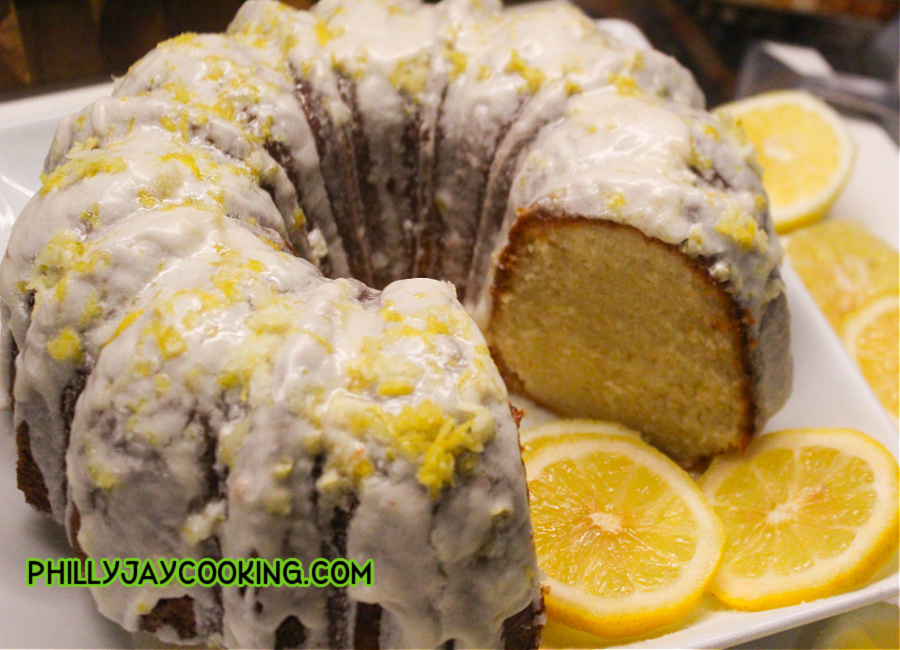
Alright that’s all for now. I hope you guys love this lemon cake! If you do give me 5 stars and leave a comment below letting readers know how much you enjoyed it.
Also, share this recipe with friends and family, it helps in these google streets. Lol! And dont forget to subscribe so you can get a notification everytime I post a new recipe. Love you all, later!
Enjoy, later!
PBJ~
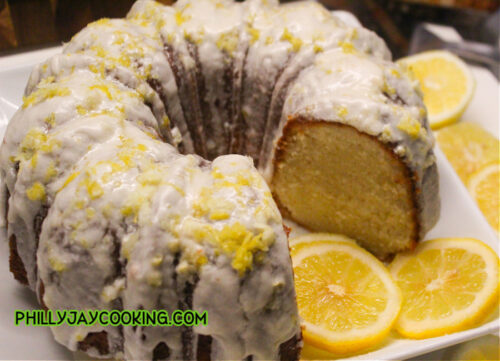
How To Make Lemon Pound Cake And Homemade Lemon Frosting
- Author: PhillyboyJay
- Prep Time: 30 Mins
- Cook Time: 1hr 10 Mins
- Total Time: 1 Hr 40 Mins
- Yield: 20
- Category: Dessert
- Method: American
Description
Delicious, Sweet, Moist, vanilla pound cake covered in a delicious homemade lemon frosting. A crowd pleasing cake perfect for parties, and social gatherings.
Ingredients
Dry Ingredients
- 3 Cups Cake Flour
- 3 1/2 Cups White Sugar
- 1 Tbs Baking Powder
- 1 Tsp Salt
Wet Ingredients
- 1 Cup Buttermilk
- 1 Cup Sour Cream
- 1 Cup Vegetable Oil
- 1/2 Cup Melted Unsalted Butter
- 4 Large Eggs
- 1 Tbs Vanilla
Cake Pan Ingredients
- 2 Tbs Vegetable Oil
- Pam Baking Spray
- 1/4 Cup All-Purpose Flour
Frosting Ingredients
- 3 Cups Confectioner’s Sugar
- 3 Tbs Simple Syrup
- 2 Tbs Butter
- 2 to 3 Tbs Fresh Lemon Juice
- 2 Tsps Vanilla
Instructions
- Add dry ingredients to a large mixing bowl, pouring everything through a strainer, then wisk well.
- Add in all the wet ingredients, except the vanilla and eggs, and blend well with a hand mixer on medium speed.
*Make sure to scrape flour at the bottom and sides into the batter with a spatula* - Melt the butter, then add it to the batter along with the vanilla, and blend well with the mixer again.
- Preheat oven to 350 degrees.
- Rub the bundt pan down well with oil, then spray each part well with Pam spray.
- Add all purpose flour, shake around so all parts are coated, then turn upside down and hit the back of the pan to remove the excess flour.
- Pour the cake batter into the pan.
- Lift one end of the pan about 1 inch from the surface and let it go. Do this 3 to 4 times to release excessive air in the batter.
- Place in the oven and bake for 1 hour and 10 mins.
- Meanwhile create the frosting by adding the powdered sugar to a small mixing bowl with the lemon juice.
- Add in the butter and vanilla, then stir well with a fork.
- Stir in the simple syrup to soften it, then set aside.
- When the cake is done, remove it from the oven and let it chill for 30 mins.
- After 30 minutes, place a plate or cooling rack with parchment paper under it, turn it upside down, then coat with frosting.
- Create a lot of lemon zest with lemon peelings and a grater, then garnish the cake with the lemon zest, and place the cake on a cake holder covered under a lid.
